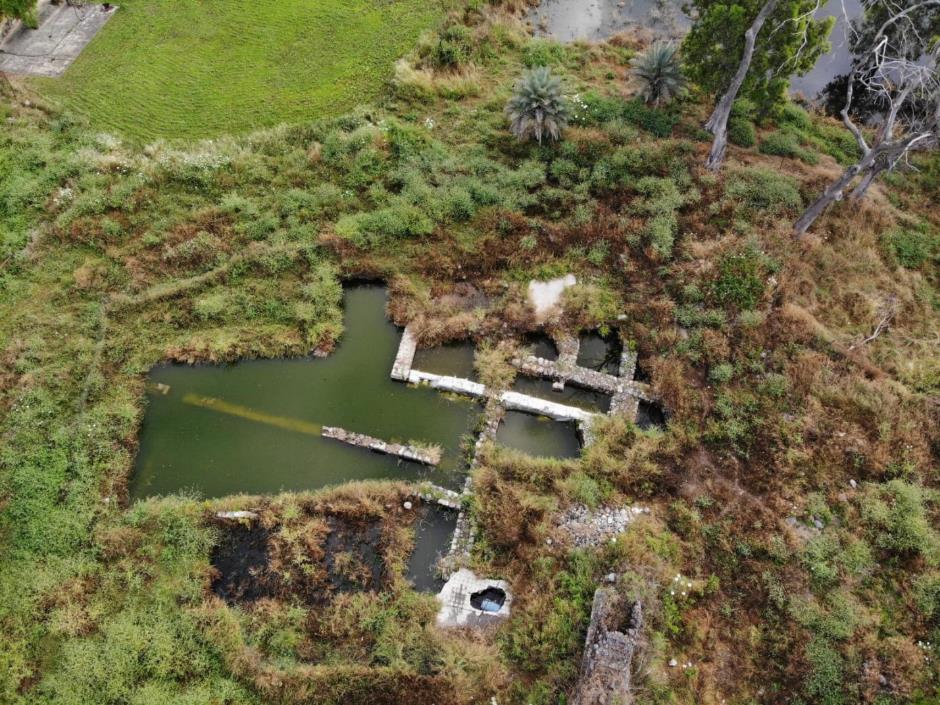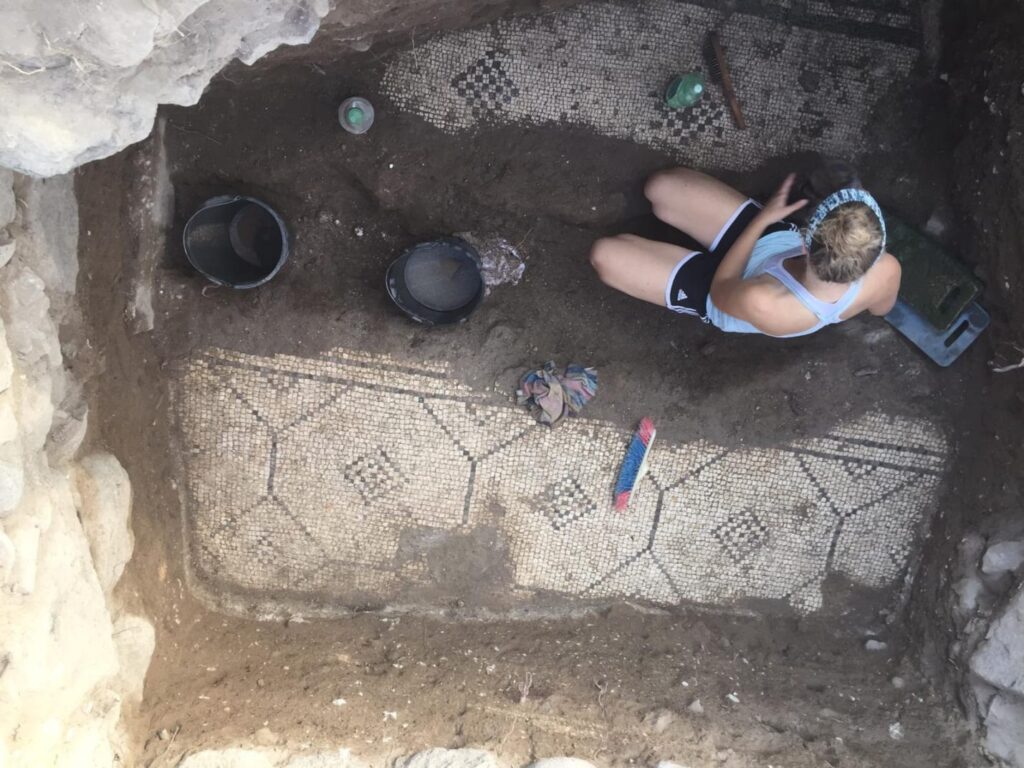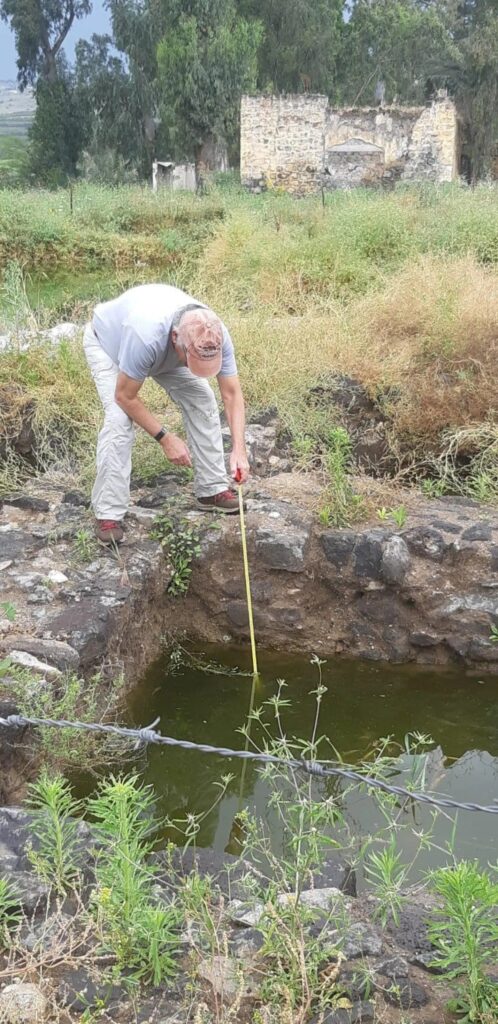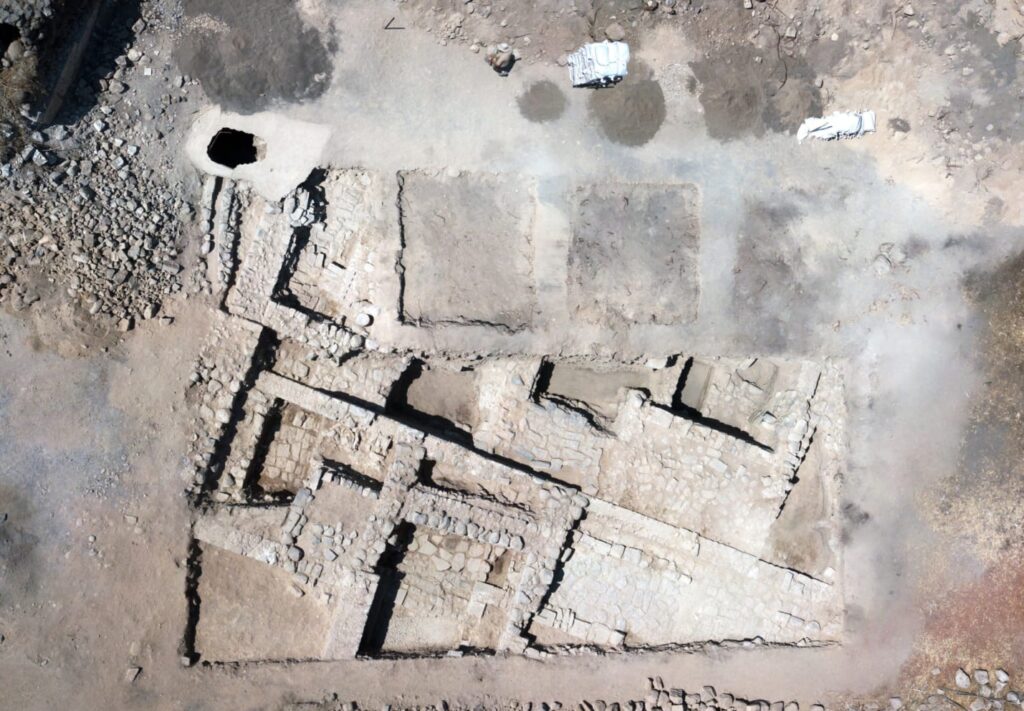Village Where Jesus’ Disciples May Have Lived Flooded by Rising Sea of Galilee
Rain, the life-giver, falling from the sky; so precious that God combines His Word with His bounty. Israelis prefer to be happy when it rains. “I’m not made of sugar, I’m not going to melt,” the local macho men explaining why they scorn umbrellas. Neither, happily, will the ruins at el-Araj, the putative hometown of Jesus’ disciples on the banks of the Sea of Galilee, which waxed fat on the heavy rains this winter, swelled and, it turns out, flooded the site.
El-Araj’s site, also known as Beit Habek, is located near the sea of Galilee, which is often referenced in the New Testament. It is believed that this was a Jewish village called Bethsaida.
In the First Temple era, it was known as Zer and it was a strategic city in the time of King David. It was originally a non-Hebrew city-state that later became part of Israel when it was renamed Bethsaida.
The identification of Bethsaida is important because it was the birthplace of three of Jesus’ Apostles – Peter, Andrew, and Phillip. In the New Testament, it is here that Jesus performed the miracle of the five loaves and fishes . It is interesting to note that Jesus also cursed the town of Bethsaida because its inhabitants refused to repent.
Prof. Moti Aviam and his colleagues from the local Kinneret College have been working at the site for several years and are very familiar with the area. For the last 10 years ‘el-Araj has been located a few hundred meters from the northernmost point of the lake, where the Jordan River spills into it,’ according to Haaretz. While it is sometimes flooded, it is mostly dry by April and May.
However, this year is the first time in many years that the Sea of Galilee has risen, much to the relief of the Israelis who are very concerned about water scarcity because of climate change.
Prof. Aviam decided to visit el-Araj before he and some American collaborators returned to work on the site. He found that it is now badly flooded and lies under a shallow lagoon, so the planned excavations cannot go ahead. He is quoted in The Christian Post as saying that “I don’t remember a thing like this in the last 30 years.”

The professor conducted a quick survey of the site and saw that some of the higher points at el-Araj are still standing above the waters with their ruins. However, the ruins of a Byzantine church are now under the water. According to Haaretz because of the flooding ‘Instead of archaeologists happily seeking new finds, it’s populated by catfish’.
The church at el-Araj dates to some 500 years after the birth of Jesus and was built during the Byzantine period when it became an important pilgrimage center.
The archaeologist is quoted by Haaretz as saying that “At the moment, the water is 80 centimeters [2 feet, 7 inches] above the mosaic of the Byzantine church.” This church still has many of its original features and even mosaic tiles. Thankfully, Aviam told The Christian Post that “We conserved the mosaic floor of the church and the water standing on it won’t harm it.”


Prof. Aviam and his American colleague Steven Notley believe that the ruin is the Church of the Apostles. Local tradition has it that it was built over the family home of the Apostles Peter and Andrew. The archaeologists believe this because of the church’s design and also its location on the Sea of Galilee. They believe that the existing ruins fit the description written about the church in the 8th century AD by a German bishop.
However, a team led by Prof. Rami Avar believes that the true site of Bethsaida is et-Tell, located further north and near the Golan Heights. They have uncovered a city gate that they claim indicates it was the location of the Old Testament city of Zer.
Dr. Avar and his colleagues unearthed coins of Cleopatra and Mark Anthony and fishing equipment such as weights from the Roman Empire. These they believe lend credence to their claim that the et-Tell site is Bethsaida, the birthplace of three Apostles and where Jesus performed a miracle.

In comparison, Prof. Aviam believes that one good thing came out of the flooding. He is quoted by Haaretz as stating that “In my opinion, the flooding now strengthens our theory that el-Araj was the site of Bethsaida.” The inundation of the historic site shows that it was near the lake, especially during the Roman period, when the disciples were born.
Bethsaida was a fishing village and one would expect to find it flooded occasionally. This is not the case with the location at et-Tell, which is on a rocky height and away from the waters of the Sea of Galilee .
However, Prof. Arav, who maintains that et-Tell was Bethsaida, argues that the evidence from the period shows that in the Roman era the Biblical village was far away from the lake. This was in line with what geologists have uncovered and show it could not have been flooded. Arav argues that the fact that el-Araj is now under a lagoon shows that it is not the city where Jesus performed one of his most famous miracles.
While the controversy will no doubt continue, Prof. Aviam hopes to resume work as soon as possible. However, he expects the excavation to be deferred until 2021.
Visiting el-Araj for the first time following the rains, after being shut up at home for weeks because of the coronavirus, archaeologist Prof. Moti Aviam had quite the shock.





